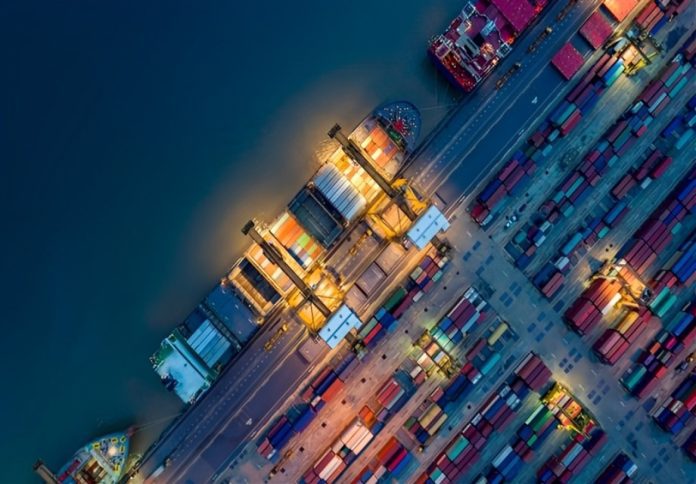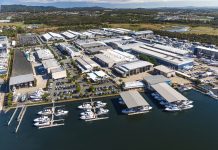
Article by by Chris Calverley, Head of Sales and Partnerships – ANZ at Avalara.
When you reach critical mass, shipping from a local hub can result in significant savings.
Is your organisation continuing to do brisk business across the Pacific, ongoing tariff trials and tribulations notwithstanding?
If the answer is yes, congratulations and keep up the good work. Despite the additional 10 per cent that now needs to be added to the ticket for almost all goods and services emanating from our shores, the United States remains a highly desirable export destination for Australian producers and suppliers.
Home to the world’s largest economy and a population of around 335 million souls, cracking its market can be the catalyst for healthy growth and profits.
Unpacking the 3PL advantage
If your business is turning over sufficient stock, dispatching goods from an onshore third-party logistics (3PL) centre, rather than from your warehouse here at home, could potentially make those profits even healthier – and your export operations more streamlined and efficient too.
Once the exclusive province of big businesses selling thousands of units a day, the 3PL market is now sophisticated, mature and viable for enterprises shifting more modest volumes.
From coast to coast, the US is home to scores of them; lean mean distribution hubs that make short work of the packing and dispatching processes. Typically, they’ll be connected to an eco-system of shipping companies and freight forwarders that will get your orders into customers’ hands in a flash.
Some niche providers allow their customers to start super small, with just a pallet or two of product, and offer competitive by-the-item pricing for goods coming in and out.
Tariff-ic savings
Shipping your stock to a US 3PL before you sell it on means you’ll only be required to pay the applicable tariff on the cost price of your goods when they enter the country, not on the sums for which they’re subsequently sold to local customers.
So even though the tariffs on goods emanating from popular Asian manufacturing hubs may be higher than those levied on stock shipped direct to customers from Down Under – Vietnam, for example, is looking down the barrel of a 46 per cent tax on its imports – your business could still come out substantially ahead.
An experience to remember
You’ll also be able to provide lightning fast, hassle-free service, as a matter of course.
Doing so is vital because US customers are a demanding lot, habituated to transacting with online behemoths that are laser focused on making every aspect of the purchasing journey feel effortless.
Avoiding shipping delays, Customs contretemps and other forms of friction will increase the likelihood of first-time buyers becoming repeat customers and loyal ambassadors for your brand and business.
Crunching the numbers
The devil’s in the detail and it’s vital for business leaders to do their sums before deciding whether and when going down the 3PL route is the best option for their enterprises.
That’s where automated tax compliance technology has a vital role to play. Designed to simplify all the tasks associated with applying international fees and tariffs to export sales, it can be used to conduct sophisticated financial modelling exercises to help businesses assess the pros and cons of shifting to 3PL-based distribution.
Exporters that add it to their tech stack will also enjoy a range of other benefits including automated sales tax calculation, document management, reporting and e-invoicing, and sales tax registration across US states.
Install it in your back office and you’ll be able to calculate a wide range of indirect taxes in real time, on shipments to the US, along with more than 75 other overseas jurisdictions.
Choose a platform with automated HS coding capacity (and the latest advancements in AI), and the burden of determining the correct HS codes to assign to the items in your range will be alleviated too – as will the risks and expense associated with getting these vital details wrong.
Supercharging your US sales drive in FY2026
When something’s worth doing, it’s worth doing it well. If your US export sales are on the up and up, investing in back-office infrastructure that will help make your success sustainable makes excellent sense.
Adding an automated tax compliance platform to your tech stack will help you determine the right time to enlist the support of a 3PL and take the hard work and risk out of classifying your products and calculating the correct fees and tariffs to apply to them. If profitability, growth and efficiency are your goal, it’s mission critical technology that should sit at the heart of your export operations.


















